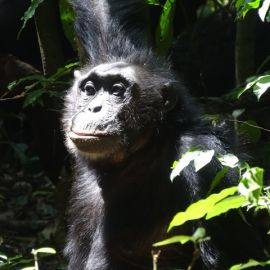
by Paula Pebsworth
Chimpanzees live primarily in large intact forests dotted across Equatorial Africa and, out of all other animal species, are considered our closest living relatives.
Read more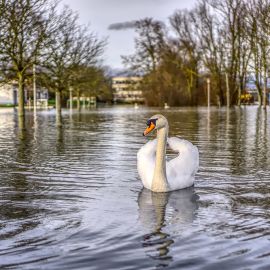
by Melissa Papp
Flooding and storm surges are dangerous threats that became all too real for the entire state of Florida when Hurricane Irma struck on September 10, 2017. Living on the west coast of Florida, I was frantically…
Read more
by Sarah Abdelrahim
Indigenous peoples play a crucial role in protecting and advocating for global biodiversity. According to the United Nations, there are 370 million Indigenous peoples around the world — almost 5 percent…
Read more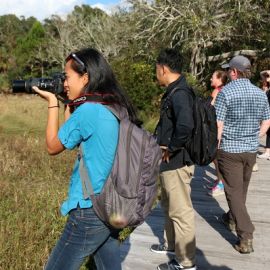
by Erika Zambello
I disembarked at Guana Tolomato Matanzas National Estuarine Research Reserve (mercifully abbreviated to GTM NERR) with a group of practitioners, researchers and ecologists from around the world. The group…
Read more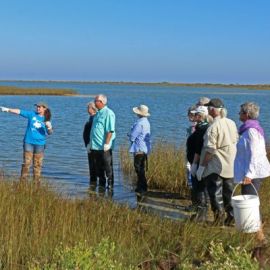
by Erika Zambello
Apalachicola Bay has long been famous around the world for its thousands of acres of oyster beds. In fact, in the past, 90 percent of Eastern oysters served in Florida were from Apalachicola.
Read more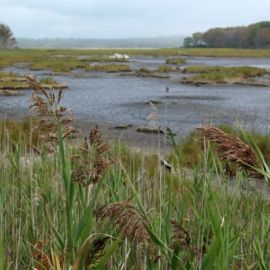
by Erika Zambello
Wells Reserve on the coast of Southern Maine was designated in 1984 and encompasses 1,600 acres. The reserve staff facilities sit within beautifully restored farm buildings.
Read more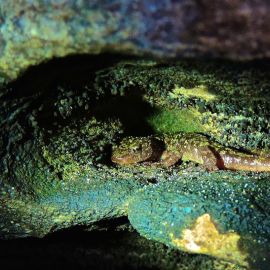
by Wally Smith
This is the case with the green salamander, one of the most unique amphibians in the salamander-rich Appalachian Mountains. The only truly green-colored salamander in eastern North America, the green salamander…
Read more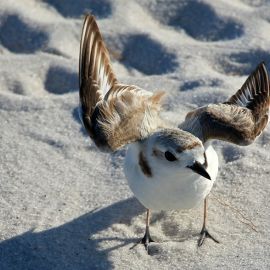
by Erika Zambello
For those who bird on the Emerald Coast, Snowy Plovers are a relatively common sight on Okaloosa Island – once you walk away from the more crowded beach access points. Less than seven inches long and lighter…
Read more
